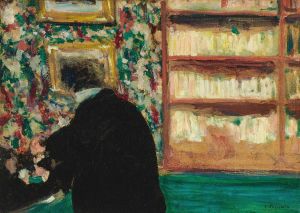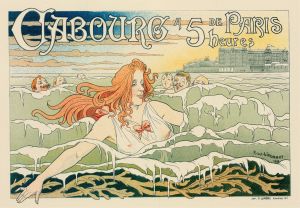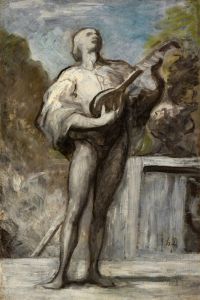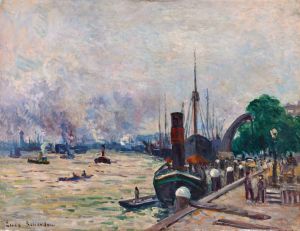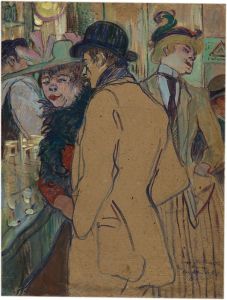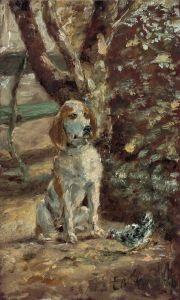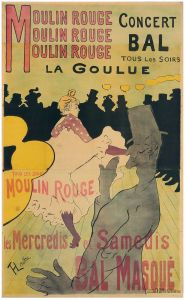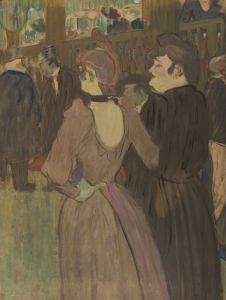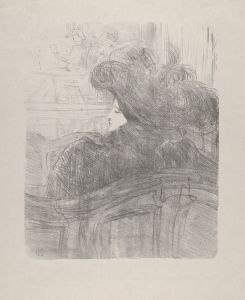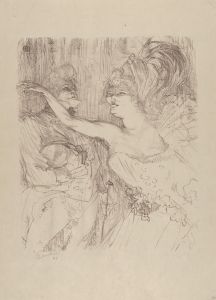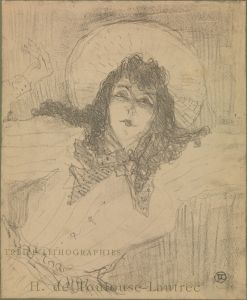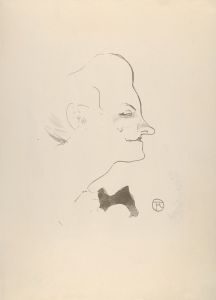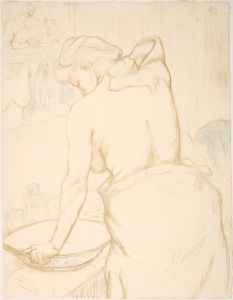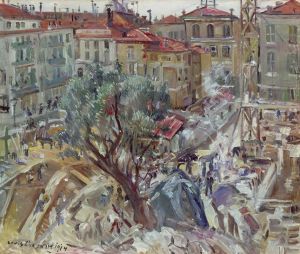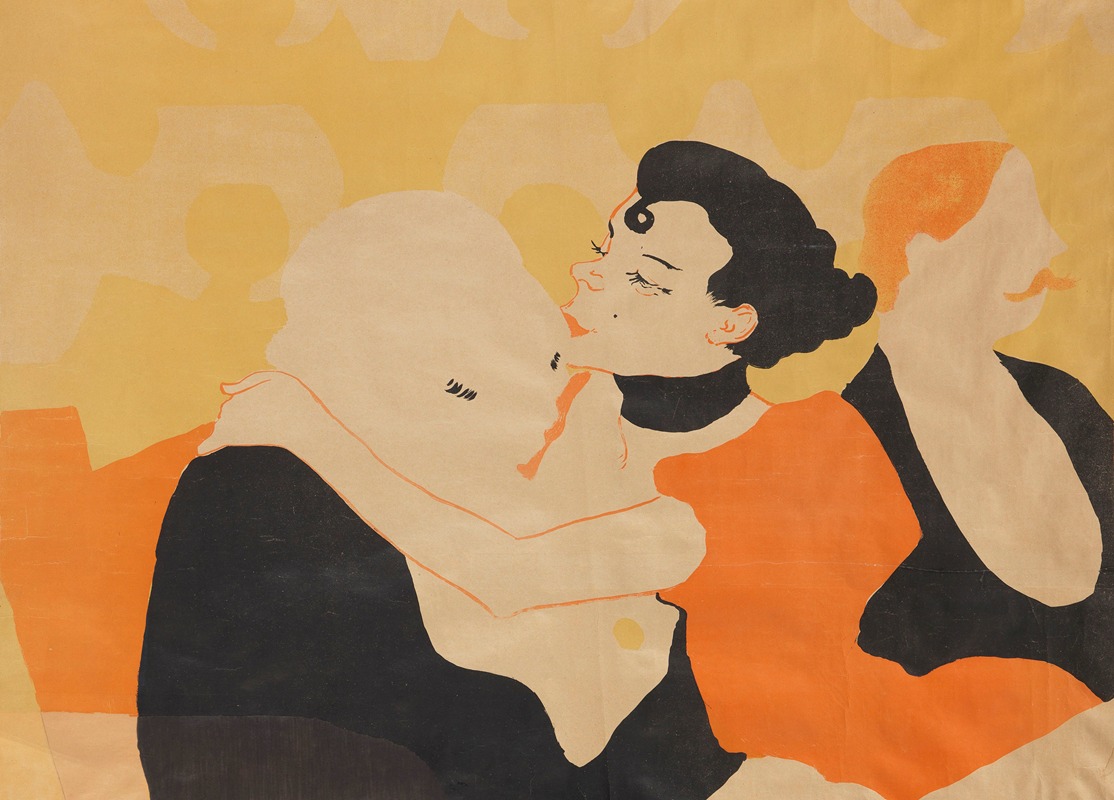
Reine de Joie
A hand-painted replica of Henri de Toulouse-Lautrec’s masterpiece Reine de Joie, meticulously crafted by professional artists to capture the true essence of the original. Each piece is created with museum-quality canvas and rare mineral pigments, carefully painted by experienced artists with delicate brushstrokes and rich, layered colors to perfectly recreate the texture of the original artwork. Unlike machine-printed reproductions, this hand-painted version brings the painting to life, infused with the artist’s emotions and skill in every stroke. Whether for personal collection or home decoration, it instantly elevates the artistic atmosphere of any space.
Henri de Toulouse-Lautrec, a prominent French painter and illustrator, is renowned for his vivid portrayals of Parisian nightlife in the late 19th century. One of his notable works is "Reine de Joie," which translates to "Queen of Joy." This artwork is a lithograph created in 1892 as a poster to promote a novel of the same name by Victor Joze. Toulouse-Lautrec's work during this period often involved creating promotional posters for various cultural events, books, and performances, and "Reine de Joie" is a quintessential example of his contribution to the art of the poster.
The lithograph "Reine de Joie" is characterized by Toulouse-Lautrec's distinctive style, which includes bold lines, vibrant colors, and a keen sense of movement and expression. The poster features a scene that captures the essence of the novel's themes, focusing on the lively and sometimes decadent atmosphere of Parisian society. The central figure in the lithograph is a woman, presumably the "Queen of Joy" herself, depicted in a lively social setting. Her expression and posture convey a sense of confidence and allure, which are hallmarks of Toulouse-Lautrec's ability to capture the spirit of his subjects.
Toulouse-Lautrec's work is often associated with the bohemian lifestyle of Montmartre, a district in Paris known for its cabarets, cafes, and vibrant artistic community. His posters, including "Reine de Joie," played a significant role in the development of modern advertising and graphic design. They were not only functional in promoting events and products but also appreciated as works of art in their own right. Toulouse-Lautrec's innovative use of color and composition set a new standard for poster art, influencing future generations of artists and designers.
The creation of "Reine de Joie" coincided with a period in Toulouse-Lautrec's life when he was deeply immersed in the cultural and social scene of Paris. His work provides a window into the world of the Moulin Rouge and other iconic venues of the time, capturing the energy and excitement that defined the era. Toulouse-Lautrec's ability to depict the nuances of human interaction and emotion is evident in "Reine de Joie," as he brings to life the characters and atmosphere of Joze's novel.
Henri de Toulouse-Lautrec's contribution to the art world extends beyond his posters. He is celebrated for his paintings, drawings, and prints, which collectively offer a comprehensive view of the Parisian belle époque. Despite his relatively short life—he died at the age of 36—Toulouse-Lautrec left an indelible mark on the art world. His works continue to be studied and admired for their technical skill, innovative approach, and insightful portrayal of human nature.
"Reine de Joie" remains an important piece within Toulouse-Lautrec's oeuvre, exemplifying his mastery of the lithographic medium and his ability to convey complex social narratives through art. The poster is a testament to his enduring legacy as a pioneer of modern art and a chronicler of the vibrant cultural landscape of late 19th-century Paris.





